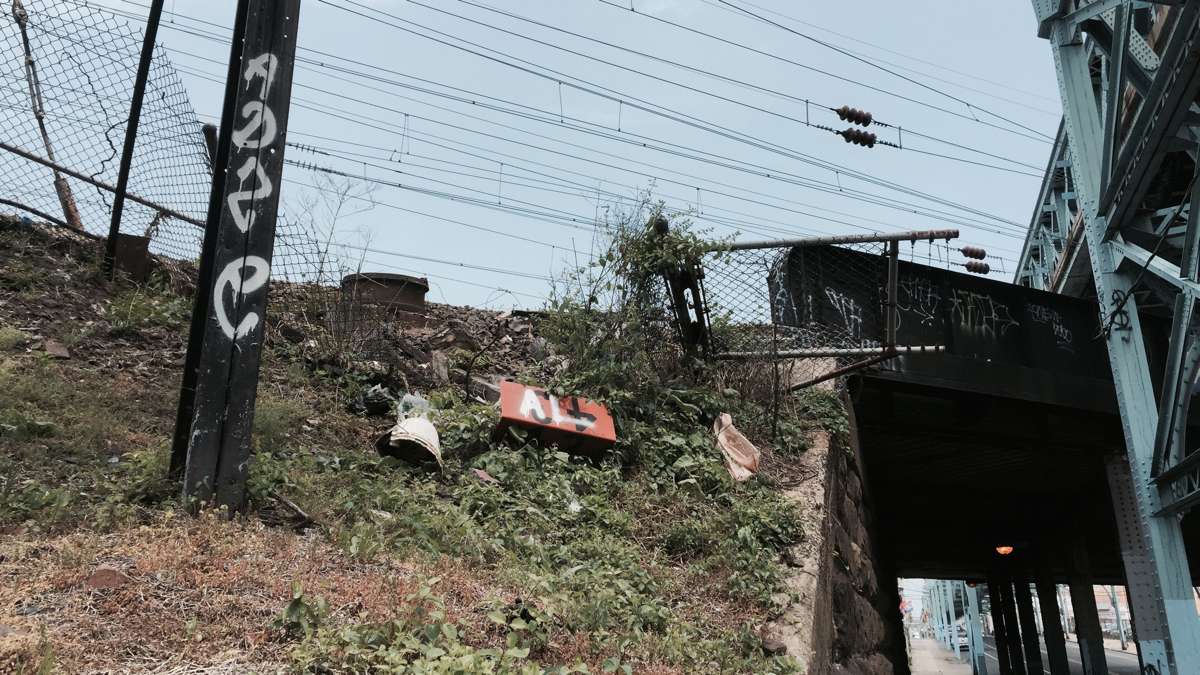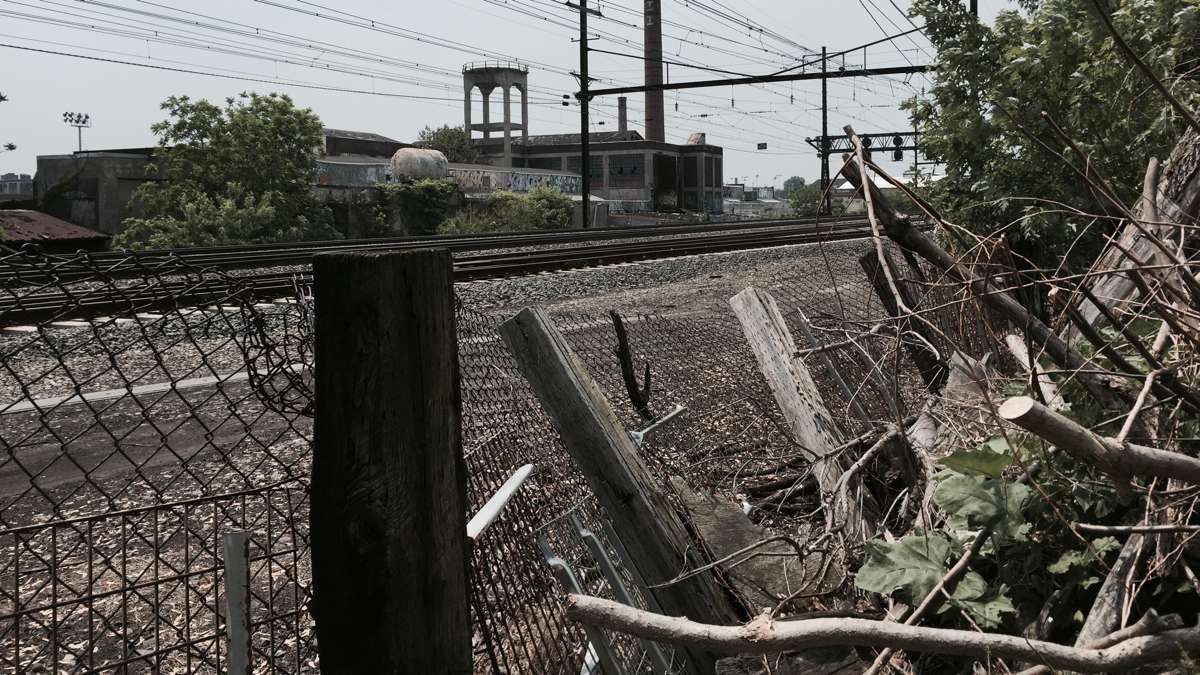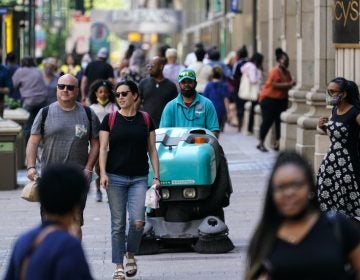SEPTA and Amtrak fighting long-term battle to keep fencing secure around train tracks
At a press conference Monday afternoon, SEPTA Chief of Police Tom Nestel said that, more or less, if someone really wants to break onto the railroad tracks and throw something, not much can be done to stop it.
“When we get the calls from the engineers that there’s an active event occurring, by the time we get there or Philly police gets there the kids are gone,” said Nestel. “They throw the rocks and they leave, it’s difficult to get a handle on.”
In fact, it happens so frequently that most engineers don’t even call it in, according to Nestel. He said most often its kids standing near busy areas of track, but the trains are built sturdy enough to handle it, windows don’t usually shatter, and rarely has a rock resulted in injury.
Minutes before last week’s fatal Amtrak crash and just a few miles south, a northbound SEPTA train bound for Trenton was halted after an object broke its front windshield.
Nestel said the train’s engineer saw a trespasser in the area of the track, and shortly afterwards heard a bang on the front window, which then severely cracked.
The National Transportation Safety Board Monday was still investigating whether Amtrak train number 188 was struck by a projectile before its fatal derailment last week, and Nestel wouldn’t comment on whether the two incidents were connected. An Amtrak Acela train was also struck by something on the same night in the vicinity.
Walking along the tracks near last weeks crash, the fencing is sturdy iron, but one doesn’t have to travel far before it turns to rusted, frayed chain link with obvious, visible holes that allows easy access.
“Is there a perfect system? No. Is SEPTA committed and always working at ensuring that the fence line is in place and secure, yes,” Nestel responded.
However, SEPTA and Amtrak share more than 200 miles of track in the region, and Amtrak owns most of it. Where it’s Amtrak’s property, Nestel says it’s ultimately on Amtrak to fix broken fencing.
He said a mix of Amtrak and SEPTA transit police regularly walk along certain high intrusion areas or ride the trains to ensure security along the route.
As for the easily identified track access points near last weeks object-throwing incident, Nestel said if there’s a hole in the fence line, he wants to know.
“Are the fences going to be defeated? Are our methods going to be defeated to keep a motivated person out who wants to get in there? Yes they will,” said Nestel. “When we know, we fix it. That fence line is our best form of defense right now.”
WHYY is your source for fact-based, in-depth journalism and information. As a nonprofit organization, we rely on financial support from readers like you. Please give today.







